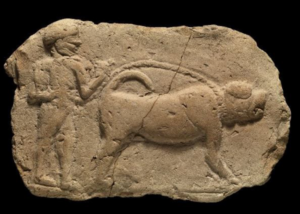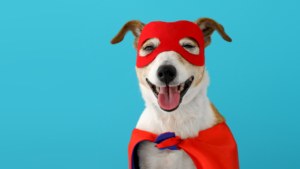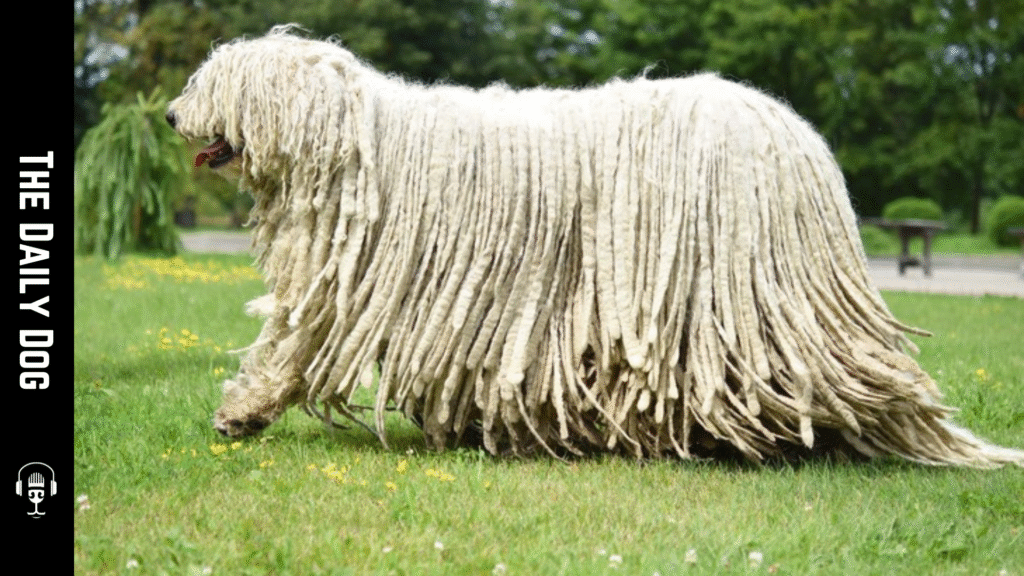The Komondor is more than a striking sight on a leash or behind a secure fence. This ancient Hungarian guardian blends a commanding presence with profound loyalty, making him a standout choice for families and responsible owners who value protection, temperament, and a touch of medieval mystique. With its distinctive corded coat, deep-rooted history, and keen intelligence, the Komondor embodies a rare mix of strength, sensitivity, and devotion. If you’re considering adding a guardian breed to your home, understanding the Komondor’s temperament, care requirements, training needs, and living preferences will help you determine whether this powerful canine fits your lifestyle.
A Storied Lineage and Distinctive Appearance
The Komondor’s history stretches back centuries, with roles that included guarding livestock, protecting property, and serving as a trusted sentinel in Hungarian communities. This lineage is reflected in a physique built for endurance and vigilance. The most recognizable feature of the Komondor is its dramatic, heavy white corded coat, which forms natural mats resembling a living mop. This coat provides protection from bites and harsh weather, while also offering camouflage in snowy environments. Beneath the cords lies a sturdy, muscular frame, broad head, and a calm, intelligent expression. Grooming demands are high, but the cords are a defining element of the breed’s identity, contributing to both its unique charm and its functional protective role.
Temperament: Courage, Loyalty, and Independent Judgment
A Komondor embodies a balance between fearless guardian instincts and a steady, reserved demeanor. He is naturally wary of strangers and highly protective of his family and home. This breed does not seek constant praise or attention; instead, it demonstrates reliability, steadiness, and a quiet confidence in its guardianship. Early socialization is essential to ensure appropriate reactions to different people, animals, and environments. While the Komondor is known for its protective nature, it is not typically impulsive or overly aggressive when well-socialized. He thrives when given clear leadership, consistent routines, and meaningful activities that engage his problem-solving skills. Owners who appreciate a dignified, self-assured partner with a strong work ethic often find the Komondor to be a rewarding companion.
Intelligence and Training: The Mindful Guardian
Intelligence in a Komondor is practical and situational. He excels at interpreting human cues, assessing threats, and making deliberate decisions. Training should be patient, consistent, and reward-based, with an emphasis on confidence-building and leadership structure. Harsh methods backfire on this sensitive breed, risking fear and resistance. Because of their independent streak, Komondors benefit from structured obedience training, early exposure to a variety of environments, and ongoing socialization experiences. Positive reinforcement, clear boundaries, and gradual challenges help cultivate a reliable, responsive partner who can distinguish between legitimate protection and everyday interactions.
Exercise, Living Space, and Environmental Fit
Despite their imposing appearance, Komondors are not hyperactive dogs. They require regular, moderate exercise to maintain health, stamina, and mental balance. Daily walks, supervised outdoor play, and tasks that engage problem-solving are beneficial. Due to their strong protective instincts, secure fencing and a secure yard are important in homes with a Komondor. This breed is not well suited to apartment living unless the owner is prepared to commit to long daily routines and ample outdoor time. The corded coat also demands careful management. Homeowners should consider the time and resources necessary for cord maintenance, including seasonal checks for tangling and occasional professional grooming guidance. A well-structured routine helps prevent restlessness and supports a calm, contented mood.
Grooming and Coat Care: The Corded Signature
The Komondor’s iconic coat is more than a fashion statement; it is a functional adaptation that protects against bites, weather, and rough terrain. The cords form as the dog mat naturally, but they require careful attention to prevent matting in problematic areas and to reduce odor and skin issues. Regular inspection for debris, parasites, and skin irritation is important, especially after outdoor activities. Bathing is infrequent because keeping the cords clean can be challenging; many owners opt for a professional approach to avoid fraying or damage. Patience and gentle handling during grooming sessions help maintain the coat’s integrity while allowing the dog to feel comfortable. A well-groomed Komondor presents his distinctive silhouette with pride, reflecting years of selective breeding for a functional, protective purpose.
Health Considerations and Longevity
The Komondor is generally robust, yet like all breeds, it carries a set of breed-specific concerns that attentive owners should monitor. Hip dysplasia, bloat (gastric dilation volvulus), and certain hereditary eye conditions can affect Komondors. Regular veterinary checkups, a balanced diet, and weight management contribute to a longer, healthier life. Potential owners should inquire about a dog’s lineage and health testing when adopting from a breeder or rescue. Routine care includes vaccinations, dental hygiene, and parasitic prevention. Given their size and guarding role, Komondors benefit from a tailored wellness plan that includes monitoring for joint health and cardiovascular fitness as they age. Responsible ownership combines preventive care with mental stimulation to keep this intelligent guardian engaged and content.
Socialization and Safety: Building Trust and Boundaries
Early socialization is essential for Komondors to understand acceptable behavior around guests, children, and other pets. While the breed tends to be gentle, affectionate with family members, and highly selective with interactions, a lack of social exposure can result in excessive aloofness or protective rigidity. Positive experiences with a variety of people and environments help cultivate a balanced, dependable temperament. Training should emphasize boundary setting, controlled introductions, and real-world scenarios that mirror daily life. As a result, many Komondor owners experience a loyal, steady companion who can adapt to family routines while maintaining a natural, protective vigilance.
Adopting a Komondor: What to Expect
Owners who welcome a Komondor should be prepared for a long-term commitment. These dogs typically form deep bonds with their families and thrive when integrated as a working partner or household guardian. Prospective owners should assess their availability for daily maintenance tasks, including exercise, coat care, training sessions, and routine veterinary care. Given their intelligence and independence, Komondors benefit from an experienced handler who can provide steady leadership, clear expectations, and consistent boundaries. This breed is best suited for homes with enough space, a secure yard, and a lifestyle that accommodates regular activity and mental engagement.
Choosing the Right Environment and Community
Before bringing a Komondor home, consider your climate, living situation, and proximity to neighbors. The breed’s insulating coat can handle cold weather, but its massive size and protective instincts require a space where the dog can feel safe, yet integrated into family life. Přesence of a strong, predictable routine helps minimize anxiety and ensures a calm presence in the home. Connecting with a local breed club or experienced Komondor owners can provide practical guidance on training, socialization, and appropriate events. Responsible breeders or rescue organizations can offer health histories and behavioral assessments that support a smooth transition into your household.
The Komondor as a Reflective Guardian
In sum, the Komondor represents a distinct blend of formidable presence and quiet reliability. His corded coat, dignified temperament, and unwavering devotion to his family define a breed that is both an impressive guardian and a devoted companion. For those who respect the responsibilities of owning such a guardian—time spent on socialization, grooming, training, and secure housing—the Komondor offers a lifelong partnership rooted in trust and mutual respect. This is a dog that does not merely guard property; he safeguards the emotional core of the home by offering steadfast companionship, intelligence, and a calm, purposeful energy.
If you’re ready to explore this breed further, engage with reputable breeders who focus on health testing and temperament, and arrange meetings with dogs and families. A Komondor is not a casual pet but a principled partner whose presence elevates the sense of security and steadiness within a household. For the right owner, the Komondor is a noble, enduring ally, an animal with a storied past, an unmistakable silhouette, and a deeply loyal heart.
We offer a FREE Strategy Call.
Click on the graphic to learn more
Read More










